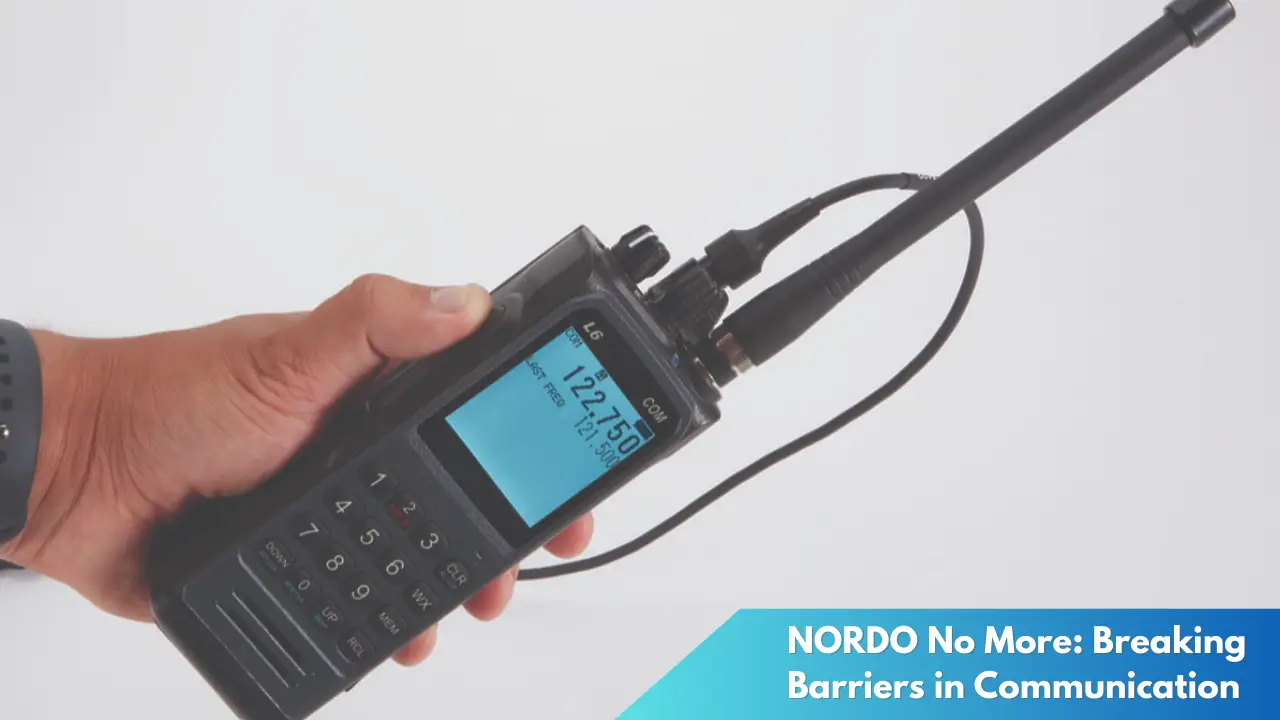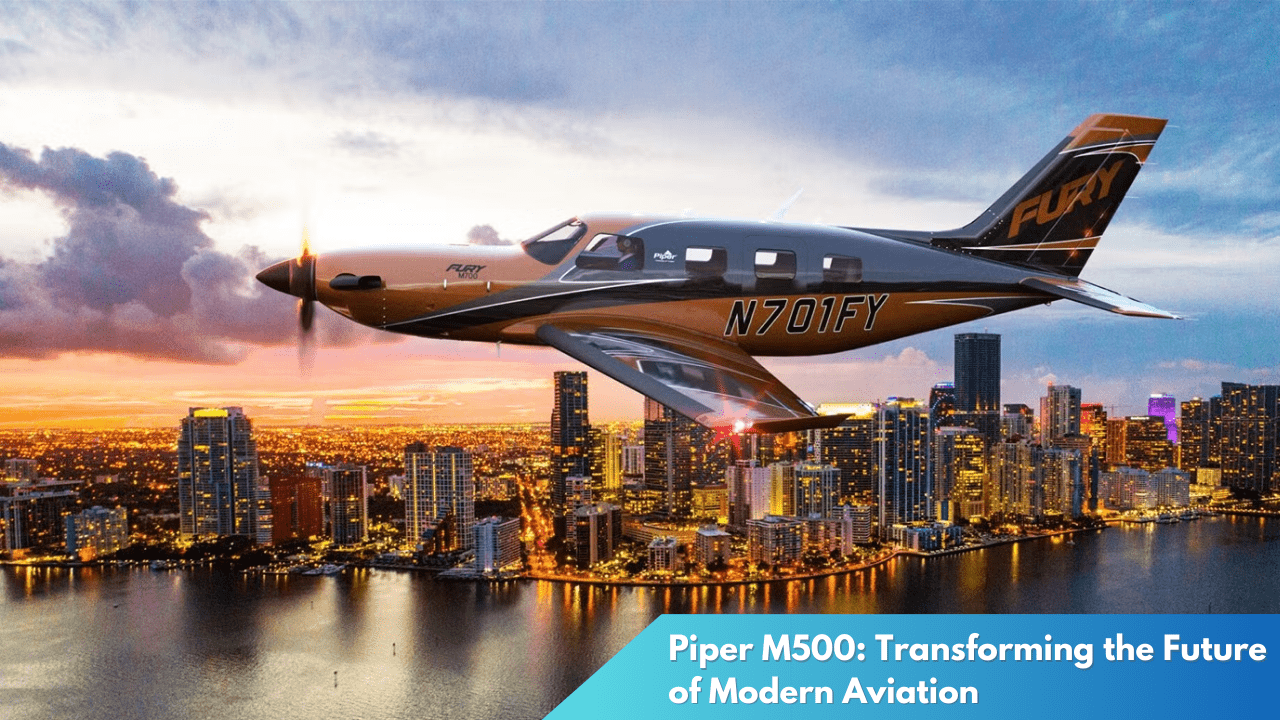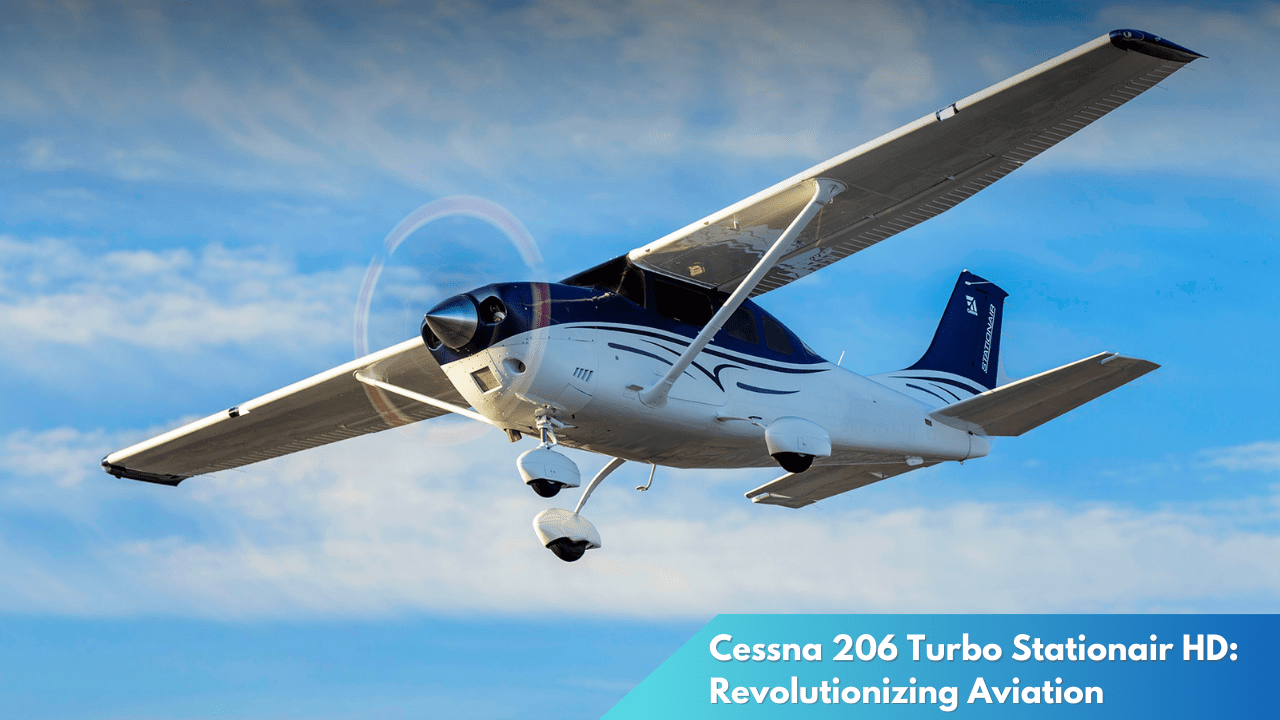NORDO No More: Breaking Barriers in Communication
In the fast-paced world of aviation, clear and reliable communication is paramount. For years, the term “NORDO” (No Radio) has been a dreaded designation, indicating an aircraft unable to communicate via radio—a scenario that poses significant safety concerns. Innovations in communication technology are now transforming how pilots and air traffic controllers interact, reducing the risks associated with NORDO situations. This article explores these groundbreaking advancements and their implications for aviation safety.
Revolutionizing Communication: NORDO No More

The aviation industry has long grappled with the challenges posed by NORDO incidents, where aircraft lose radio contact due to technical failures or environmental interferences. Such situations not only create potential safety hazards but also complicate air traffic management. However, recent technological advancements are providing promising solutions to this age-old problem, enabling aircraft to maintain robust communication links with ground control. These innovations ensure that even if primary radio systems fail, backup systems seamlessly take over, thereby averting the risk of being NORDO.
One of the key breakthroughs in eliminating NORDO scenarios is the integration of satellite-based communication systems. Unlike traditional VHF radio transmissions, satellite systems offer a broader coverage area and are less susceptible to atmospheric disturbances. This enhanced reliability ensures that pilots can maintain continuous contact with air traffic controllers, regardless of their geographical location. Furthermore, these systems are equipped with automatic failure detection protocols, which alert both pilots and controllers to potential issues before they result in communication loss.
Beyond hardware improvements, the aviation industry is also benefiting from advancements in software algorithms and artificial intelligence. These technologies enable real-time monitoring of communication channels, predicting and mitigating potential disruptions. Machine learning models analyze vast amounts of data from previous NORDO incidents, identifying patterns and suggesting preventive measures. By proactively addressing the root causes of communication failures, the industry is moving closer to a future where NORDO is a rarity rather than a regular concern.
New Technologies Break Barriers in Aviation Dialogues

Emerging technologies are not only eliminating NORDO situations but also enhancing the quality and clarity of aviation communication. Digital voice communication systems are replacing the traditional analog systems, providing clearer audio and reducing misunderstandings. These systems incorporate noise-canceling features and adaptive modulation techniques that adjust in real-time to varying environmental conditions, ensuring that crucial instructions are conveyed without distortion or delay.
In addition to voice communication improvements, data link systems are becoming increasingly prevalent in modern cockpits. These systems enable the exchange of textual information between pilots and controllers, supplementing voice communications and providing a reliable backup. In situations where voice communication may be compromised, data links ensure that essential information, such as flight paths and weather updates, can still be conveyed accurately and promptly. This dual-mode communication strategy significantly reduces the risks associated with NORDO incidents.
Collaborative efforts among aviation stakeholders have been instrumental in breaking down communication barriers. Organizations like the International Civil Aviation Organization (ICAO) are setting global standards and guidelines to ensure interoperability among different systems and technologies. By fostering international cooperation and adopting standardized protocols, the aviation community is building a resilient communication infrastructure that transcends regional limitations and enhances global airspace safety.
The era of “NORDO” is steadily becoming a relic of the past as innovative technologies revolutionize aviation communication. With satellite-based systems, advanced software algorithms, and enhanced digital communication tools, the industry is setting new benchmarks in reliability and safety. These advancements are not only addressing the immediate challenges of NORDO incidents but are also paving the way for a more connected and secure future in aviation. As these technologies continue to evolve, the skies are becoming safer, ensuring that both pilots and passengers can rely on seamless communication at all times.



